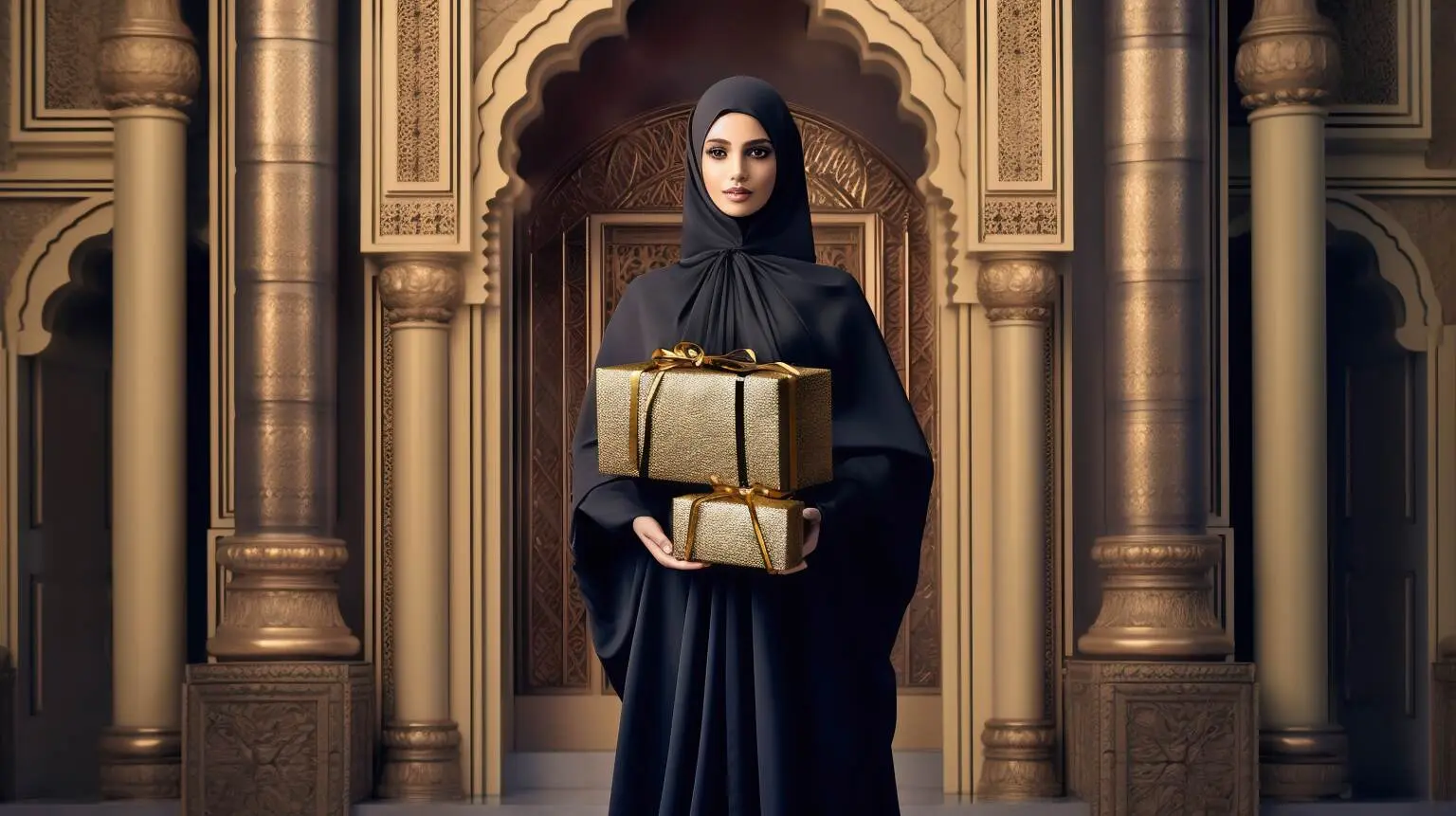




The article aims to provide guidance on appropriate attire for meeting Gulf royalty, as this is of utmost importance in Saudi Arabian culture, where modesty and respect are highly valued. Dressing appropriately when meeting Gulf royalty reflects respect for their culture, traditions, and customs. It also shows appreciation for the occasion’s significance and highlights one’s understanding of royal etiquette.
Meeting Gulf royalty requires adherence to a specific dress code emphasizing modesty and luxury fashion. Men are expected to wear the traditional thobe or dishdasha, a long white robe accompanied by a headdress called ghutra or shemagh. Women should opt for conservative clothing that covers their arms, legs, and shoulders while avoiding tight-fitting outfits. It is also customary for women to wear an abaya (a long black cloak) over their clothes when in public spaces.
In addition to dressing appropriately, it is essential to follow proper royal etiquette when meeting Gulf royalty. This includes showing respect by using formal titles such as ‘Your Highness’or ‘Your Majesty,’ avoiding physical contact unless initiated by the royal family member, and refraining from taking pictures without permission.
By adhering to these guidelines, visitors can show their admiration for the region’s rich cultural heritage while making a positive impression on the royal family members they meet.
Key Takeaways
- Dress conservatively, avoiding tight or revealing clothing and covering arms, legs, and shoulders.
- Consider wearing traditional Gulf attire, such as a thobe or abaya, to show respect for the culture.
- Avoid wearing black, as it is a color associated with mourning in Gulf culture.
- Dress formally for more formal occasions, such as meetings with royalty, and avoid casual attire.
Understanding the Etiquette
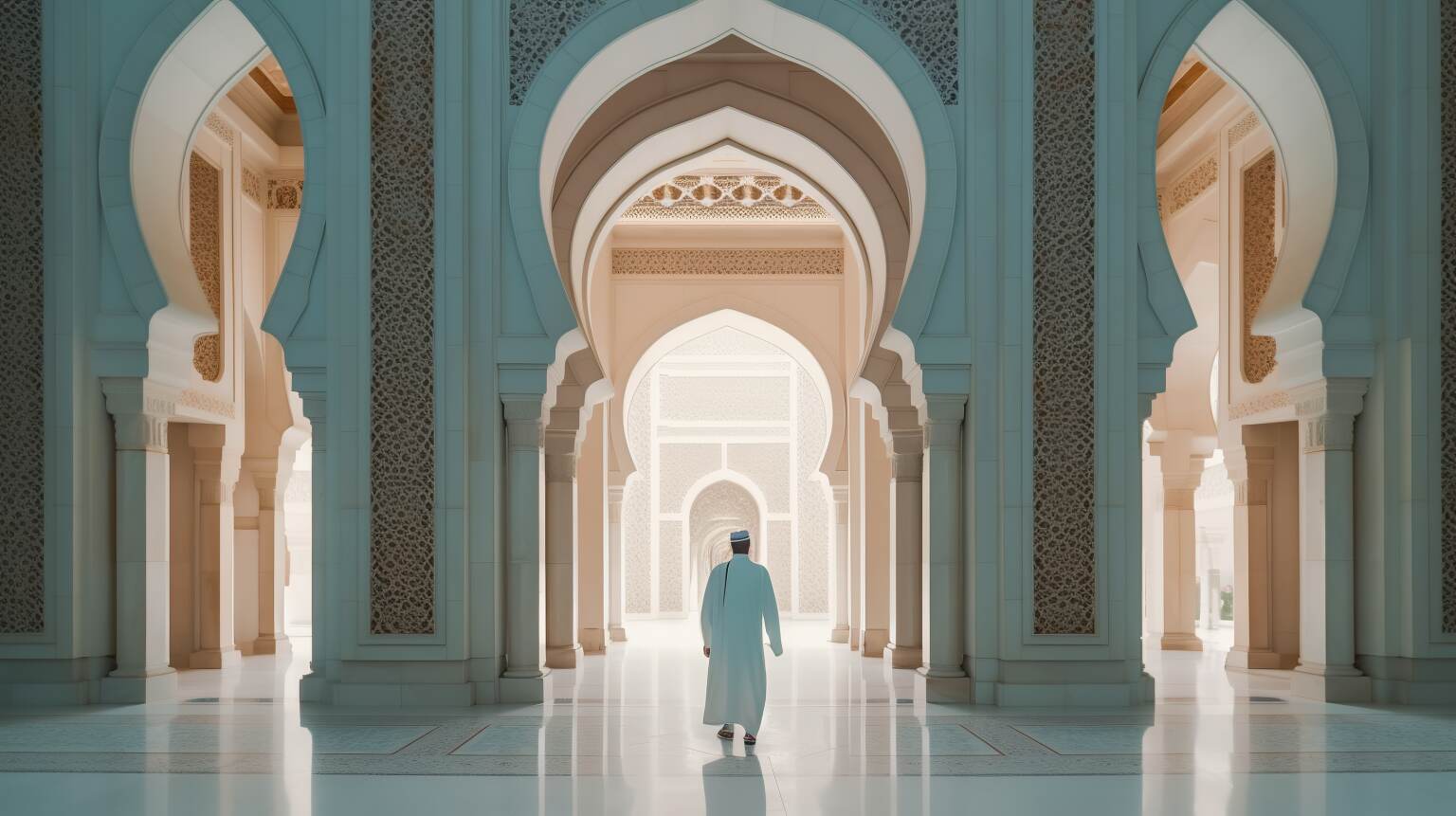
Understanding the dress code etiquette is crucial when interacting with high-ranking officials in Saudi Arabia, especially when meeting royalty. The dress code for royalty is highly formal and conservative, reflecting the country’s deep-rooted cultural traditions and Islamic values.
Men are expected to wear a thobe, a long white robe that falls to the ankle, and a headdress called ghutrah or shemagh. A Bisht, a flowing cloak made of wool or silk, may be worn over the thobe for more formal occasions.
Women must cover their hair and wear an abaya – a loose-fitting black cloak – over their clothes. When it comes to accessorizing for royalty, simplicity is key. Men should avoid wearing jewelry or anything too flashy; instead, they can opt for traditional accessories such as cufflinks or a watch.
Women should also avoid excessive jewelry or makeup; they can accessorize with simple pieces like earrings or bracelets that complement their outfits without drawing attention. Both men and women must maintain modesty in their attire and avoid anything seen as provocative.
In addition to dressing appropriately, understanding royal etiquette is essential when meeting Saudi Arabian royalty. This includes showing respect by standing up when they enter the room, addressing them using their correct title (e.g., Your Royal Highness), avoiding direct eye contact unless invited, and never turning your back on them.
Adhering to these guidelines and dressing appropriately in traditional attire while avoiding anything too flashy or provocative in accessories, visitors can show respect for Saudi Arabian culture while making a good impression during royal encounters.
Choosing the Right Suit

Selecting an appropriate suit is crucial to consider when engaging with high-ranking officials in Saudi Arabia. Formal attire is of utmost importance in the Gulf region, especially when meeting Arab royalty.
A well-fitted suit can significantly affect how one presents themselves and their overall impression on the host. When choosing a suit for such royal encounters, it’s essential to keep in mind that darker colors are preferred over lighter shades.
Navy blue or black suits are highly recommended as they exude elegance and sophistication. Avoid bold patterns or bright colors that may appear too flashy or attention-seeking.
In addition to color, fabric choice is crucial when selecting a suit for a royal encounter. It’s best to opt for lightweight fabrics such as wool or linen that will help keep you cool during the hot weather conditions in the Gulf region.
However, ensure that the selected material is of high quality and does not wrinkle easily, as it may leave an unfavorable impression on the host. Choosing the right suit requires careful consideration of cultural norms and expectations while simultaneously prioritizing comfort and style.
Traditional Attire
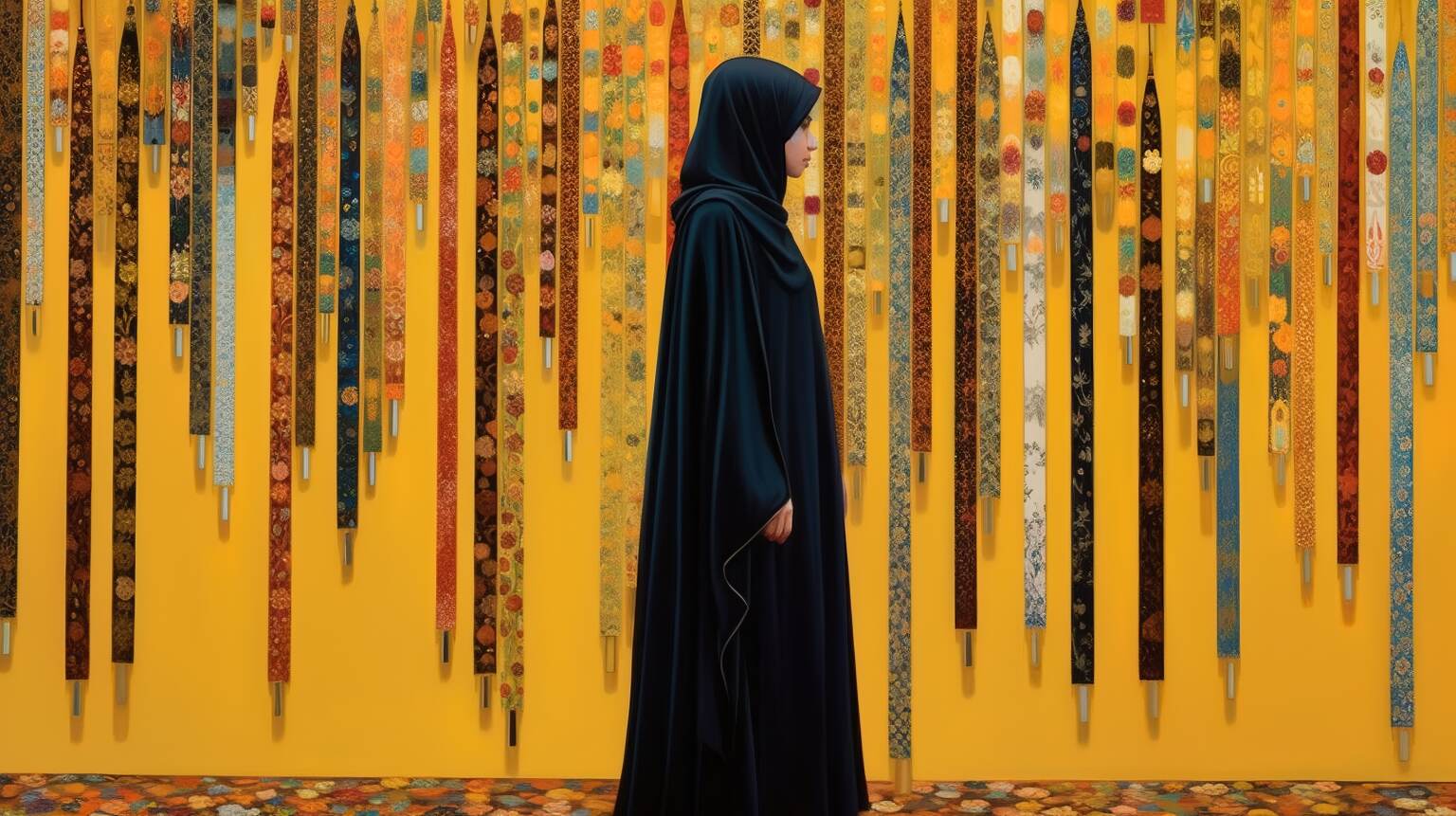
Appreciating the cultural significance of traditional attire is essential when engaging in business or social activities in Saudi Arabia, particularly when meeting with Gulf royalty.
The thobe is a common garment worn by men and is considered the national dress of Saudi Arabia. It is a long, loose-fitting robe made from cotton or wool and can be found in various colors, though white is the most commonly seen for formal occasions.
When meeting with Gulf royalty, choosing a thobe that fits well and does not hang too loosely is important, as this may be perceived as disrespectful.
In addition to the thobe, a luxury bisht can be worn over it for added elegance during royal encounters. A bisht is a cloak-like garment traditionally made from wool or camel hair and adorned with intricate embroidery. It comes in various colors: black, brown, beige, and grey.
When choosing a luxury Bisht for royal meetings, it should be made from high-quality material and have detailed embroidery work that reflects one’s status and taste. Appropriate cufflinks can also add sophistication to the overall outfit.
Traditional Naaal should be worn with the thobe and bisht to complete the look. Naaal are leather sandals that are both practical and stylish for everyday wear in Saudi Arabia. They come in various styles but typically feature simple designs with straps that wrap around the foot to keep them secure while walking on sandy terrain.
Wearing appropriate footwear shows respect for local customs and traditions when meeting with Gulf royalty or participating in other formal events within Saudi Arabian society.
Accessorizing Appropriately
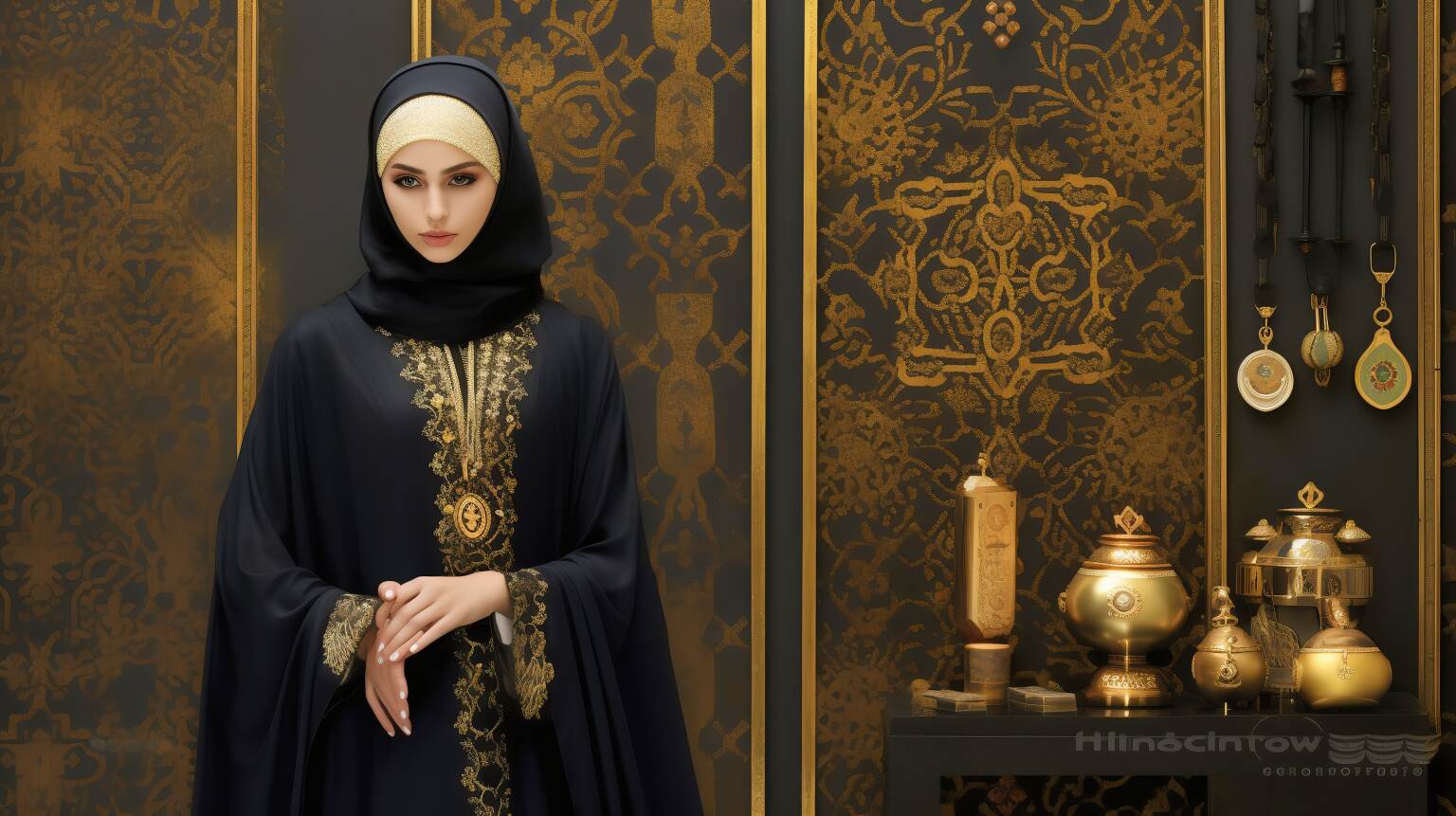
When considering appropriate accessories for business or social activities in Saudi Arabia, it is important to consider the cultural significance of traditional headwear such as the ghutra, shemagh, and agal.
The ghutra is a square scarf made from cotton or wool commonly worn by men in the Gulf region. It serves both practical and symbolic purposes, protecting the wearer from the sun and sand while symbolizing honor and respectability.
On the other hand, the shemagh is a larger rectangular scarf that can be worn over the head or around the neck. It, too has practical uses in protecting against harsh environmental conditions but also carries cultural significance as a symbol of identity.
In addition to traditional headwear, other accessories should also be chosen with cultural sensitivity in mind. When dressing for formal occasions with Gulf royalty, luxury Bishts, and Thobes are often appropriate for men. These items are typically made from high-quality fabrics such as silk or velvet and feature intricate embroidery or embellishments.
Luxury wristwatches and appropriate cufflinks can also add a touch of sophistication to an outfit without being overly flashy or ostentatious.
Ultimately, when choosing accessories for royal encounters in Saudi Arabia, it is important to balance respecting local customs while maintaining personal style preferences. By carefully selecting items such as traditional headwear, luxury clothing items like Bishts and thobes along with understated yet elegant jewelry pieces like wristwatches and Cufflinks, one can convey respectfulness towards their hosts while still showcasing their individuality through fashion choices within acceptable limits of Arab royal fashion etiquette.
Grooming for the Occasion
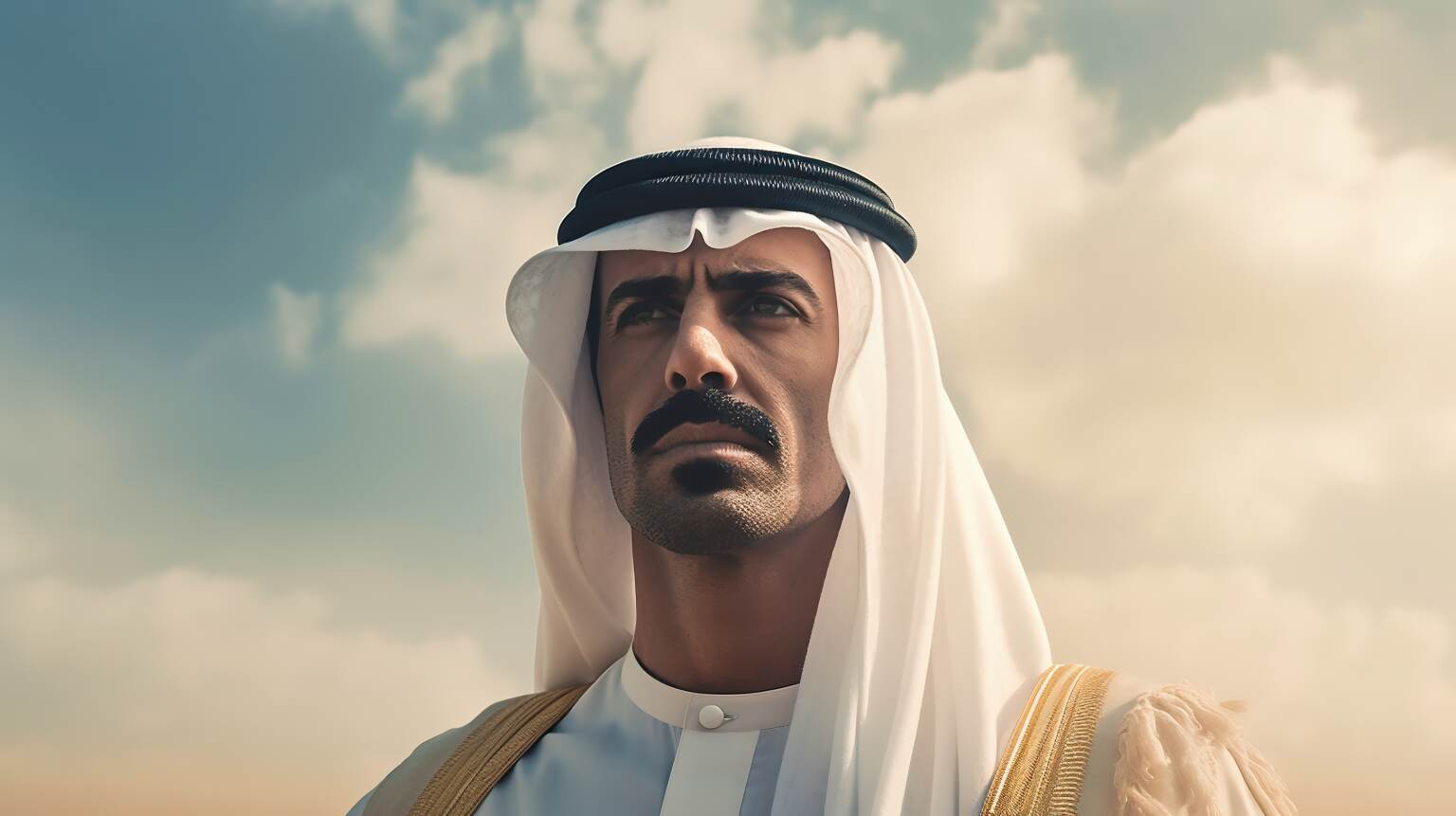
It is important to consider grooming for the occasion when meeting Gulf royalty when transitioning from the previous subtopic of accessorizing appropriately. A neat and clean appearance is highly valued in Saudi Arabian culture, which extends to personal grooming.
In addition to clothing choices, attention should be paid to hair, facial hair, and overall presentation. When meeting with Gulf royalty, it is important to present oneself in a way that reflects respect and honor toward them. This includes wearing appropriate attire such as luxury bisht or luxury thobe and ensuring that one’s grooming is impeccable.
Men should have their hair neatly trimmed and styled, while facial hair should be well-groomed or cleanly shaven. Women should ensure that their makeup is subtle and natural-looking. To complete the look for meeting Gulf royalty, accessories such as a luxury wristwatch can add a touch of sophistication.
However, it is important not to go overboard with accessories, as simplicity is often preferred in Saudi Arabian fashion. Overall, paying attention to personal grooming can significantly affect how one presents themselves when meeting with Gulf royalty.
What Not to Wear
One must be mindful of their clothing choices to avoid potential cultural missteps when meeting with dignitaries from the Gulf region. The dress code for Gulf royalty is highly influenced by Islamic culture, which strongly emphasizes modesty and conservatism. This means that revealing or tight-fitted clothing should be avoided at all costs.
Additionally, it is important to consider the region’s cultural sensitivities when choosing what to wear. For example, wearing clothing with images or text that may be offensive to Islamic beliefs is considered disrespectful. It is also important to note that in some cases, certain colors may hold symbolic meanings that differ from Western interpretations, so it’s best to research beforehand.
In terms of grooming for the occasion, it is recommended that men keep their facial hair well– maintained as an unkempt beard can be seen as a sign of disrespect or lack of hygiene. Women are advised to cover their heads with a scarf or hijab and dress conservatively in loose-fitting clothing that covers their arms and legs.
Ultimately, dressing appropriately for royal encounters in the Gulf region requires understanding and respecting Middle Eastern royal fashion customs while adhering to local cultural traditions.
Case Studies

Analyzing the outfit choices of notable figures when meeting with Gulf royalty elicits emotions of cultural sensitivity and respect for customs. As each country has its own unique culture and traditions, it is important to understand the proper attire and grooming standards when meeting with dignitaries from the Middle East. Gulf royal protocol emphasizes modesty, elegance, and refinement in clothing choices.
Case studies on fashion choices during royal meetings provide insight into what works well and could be improved. In 2017, US President Donald Trump visited Saudi Arabia and wore a black suit with a bright blue tie, deemed appropriate for the occasion. However, his wife, Melania Trump, ‘s decision not to wear a headscarf sparked controversy as it goes against Arabian grooming etiquette.
Another example is when Michelle Obama met King Abdullah of Saudi Arabia wearing a loose-fitting navy blue tunic over leggings during her husband’s presidency in 2015. While she covered her hair with a scarf, some criticized her style as too casual for such an important occasion.
Adhering to traditional dress codes is recommended to avoid any missteps during royal meetings. For men, this may include donning a thobe or dishdasha (long white robe) paired with sandals or loafers without socks. Women should opt for conservative clothing that covers their arms and legs while considering incorporating traditional Arabian garments like abayas or hijabs. Neutral colors like beige or black are preferred over bright colors or bold patterns.
Dressing appropriately when meeting Gulf royalty requires careful consideration of cultural norms and expectations surrounding attire. Case studies on past fashion choices can serve as examples of what works well versus what could be improved. It is crucial to adhere to traditional dress codes while maintaining personal style and elegance to show respect towards Middle Eastern customs during these significant events.
Conclusion
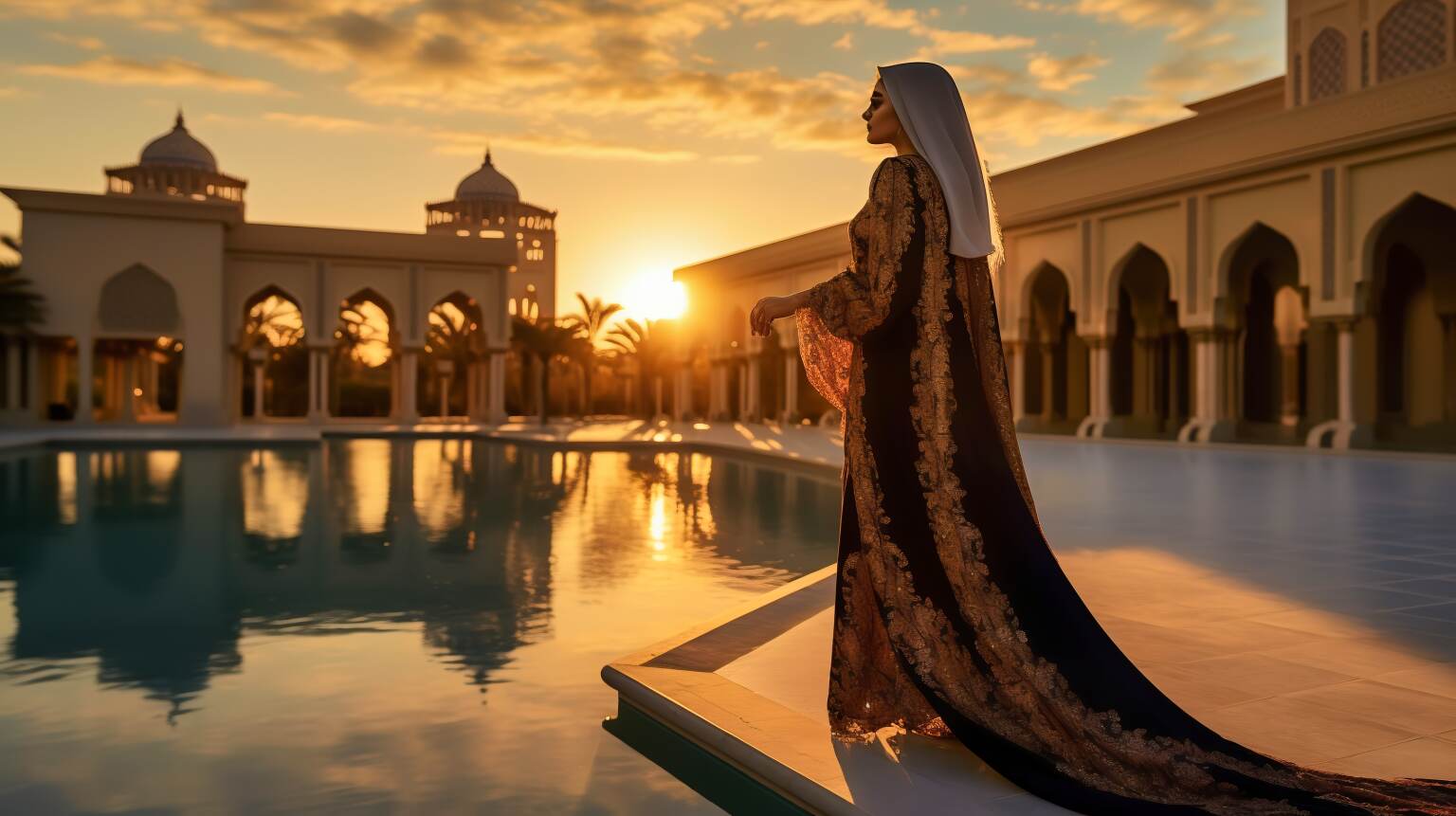
In conclusion, it is imperative to understand and respect cultural norms and traditions when meeting Gulf royalty. One of the most important aspects of such an encounter is dressing appropriately. The royal dress code in the Gulf region is quite strict, and guests must be mindful of their attire to avoid offending.
Regarding grooming, Arabian culture places great emphasis on cleanliness and personal hygiene. Guests meeting Gulf royalty should ensure their hair is well-groomed and trimmed, their nails are clean and neat, and their overall appearance is tidy. Luxury attire that reflects one’s status as a respected guest is also recommended.
The key takeaway from this discussion is that proper attire can make or break a diplomatic relationship. It sends a message of respect for local customs, traditions, and values. By following the guidelines outlined above on Gulf royalty fashion, royal dress code, Arabian grooming, luxury attire, and royal meeting attire etiquette, guests will increase their chances of having a successful encounter with Gulf royalty while avoiding any unintentional missteps that could jeopardize the relationship.






